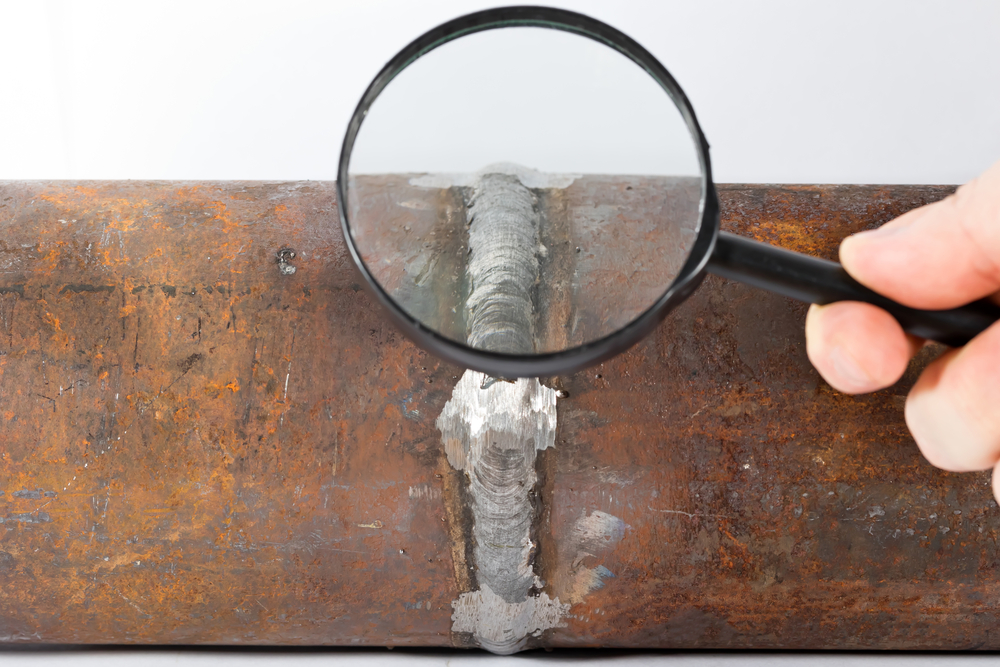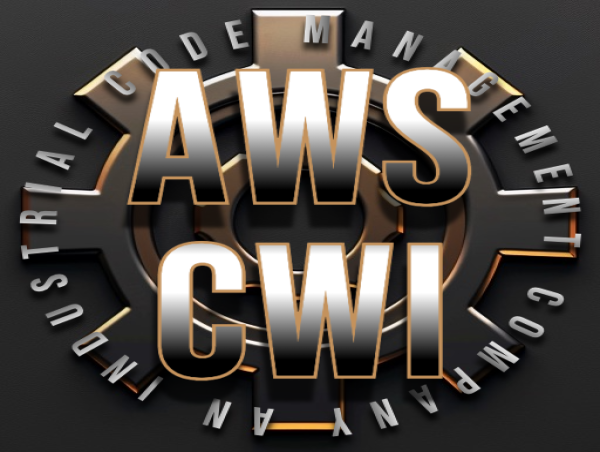Why Welding Inspection Milwaukee Is Vital for Industrial Applications
Why Welding Inspection Milwaukee Is Vital for Industrial Applications
Blog Article
A Comprehensive Guide to Welding Inspection Techniques and Finest Practices for Quality Control in Fabrication Projects
Welding examination functions as a basic column in ensuring the structural integrity and safety and security of made tasks. Using a range of strategies-- ranging from aesthetic evaluations to innovative techniques like radiographic and ultrasonic screening-- provides essential understandings right into possible issues that might weaken strength. Establishing effective techniques and a robust high quality management system can improve compliance and dependability. Nonetheless, the intricacies of these methods and their application often elevate relevant inquiries about the tools and criteria needed for ideal outcomes. What details methodologies will be most reliable in your jobs?
Relevance of Welding Inspection
Welding examination is a critical element in guaranteeing the integrity and safety and security of welded structures. The procedure entails a systematic examination of welds to determine any type of flaws that might endanger the strength and toughness of the end product. Reliable evaluation is important not just for compliance with sector criteria and regulations yet likewise for guarding the health and wellness of personnel and the general public.

Additionally, welding inspection offers as a beneficial device for continuous improvement in manufacture procedures. Eventually, focusing on welding inspection cultivates a society of top quality guarantee, making sure that tasks fulfill both customer assumptions and governing requirements.
Typical Welding Examination Strategies
Different strategies are employed to check welds, each tailored to spot specific sorts of defects and guarantee top quality. Amongst one of the most commonly utilized techniques are visual assessment, ultrasonic testing, radiographic testing, magnetic bit testing, and dye penetrant screening.
Visual inspection is the most simple approach, allowing inspectors to recognize surface area abnormalities such as fractures, porosity, and undercutting. Ultrasonic testing utilizes high-frequency audio waves to spot internal problems, offering a detailed assessment of weld stability. Radiographic testing makes use of X-rays or gamma rays to create photos of the weld, revealing internal flaws that are not noticeable to the naked eye.
Magnetic fragment testing is especially effective for ferromagnetic products, identifying surface area and near-surface flaws by applying electromagnetic fields and making use of fine particles that suggest irregularities. Color penetrant screening includes applying a colored dye to the weld surface area, which seeps into cracks and is revealed under ultraviolet light, making it easy to detect flaws.
Each of these methods plays a crucial duty in preserving welding top quality, and the choice of an appropriate technique depends upon the details requirements of the fabrication project, consisting of product type, weld setup, and the preferred degree of assessment.
Necessary Evaluation Devices


These tools aid ensure that welds satisfy the called for requirements for toughness and longevity. Furthermore, ultrasonic testing tools are utilized to identify inner problems without endangering the honesty of the weld.
An additional essential tool is the firmness tester, which examines the mechanical buildings of a weld and identifies its suitability for particular applications. Finally, welding assessment software help in documenting searchings for, assisting in data analysis, and guaranteeing conformity with industry criteria. Together, these vital assessment tools form a detailed toolbox that sustains the welding assessment process, ultimately adding to the high quality guarantee of manufacture tasks.
Ideal Practices for Quality Control
In the quest of quality guarantee, implementing finest practices is vital for achieving trusted and regular welding outcomes. Establishing a thorough welding high quality monitoring system (WQMS) is fundamental. This system needs to encompass defined treatments, criteria, and documentation techniques that guide every stage of the welding process.
Routine training and certification of welding personnel are important. Competent welders with upgraded understanding of techniques and safety and security measures contribute substantially to high quality. Furthermore, carrying out pre-welding assessments guarantees that products and equipment meet specified requirements, decreasing the chance of defects.
Including real-time monitoring during the welding procedure enables instant discovery of abnormalities, enabling restorative actions to be taken without delay. Post-welding examinations, consisting of visual checks and non-destructive screening (NDT), are important in confirming weld integrity and compliance with sector standards.
Additionally, keeping careful records of evaluations, weld parameters, and corrective activities cultivates a culture of liability and continual renovation. Engaging stakeholders in normal quality testimonials can also enhance the general performance of quality control procedures. By adhering to these finest techniques, organizations can dramatically elevate their welding quality control efforts, therefore ensuring project see this page success and customer fulfillment.
Enhancing Safety And Security and Compliance
Achieving high requirements in welding quality control naturally straightens with the crucial of boosting safety and compliance within the sector. Efficient welding examination methods are essential in ensuring and recognizing possible hazards that all processes follow governing requirements. These strategies not only serve to keep architectural stability but likewise secure the health and security of employees associated with construction jobs.
Executing strenuous evaluation methods, such as visual examinations, non-destructive testing (NDT), and comprehensive documents, establishes a culture of security and accountability. Training welders and inspectors in existing security policies and ideal practices is vital. This makes certain that all team members know potential threats and are equipped to minimize them.
In addition, conformity with sector criteria, such as those set by the American Welding Society (AWS) and the International Company for Standardization (ISO), is non-negotiable. Regular audits and analyses aid recognize spaces in safety and security procedures and advertise constant renovation - Welding Inspection Milwaukee. Ultimately, a dedication to enhancing safety and compliance not only cultivates a safer working setting yet additionally brings about superior quality end results and lowered responsibility for organizations taken part in welding manufacture
Conclusion

Welding inspection serves as a basic pillar in guaranteeing the architectural honesty and site safety of produced imp source jobs.Welding examination is a critical component in guaranteeing the honesty and security of welded structures. Eventually, prioritizing welding inspection cultivates a society of high quality guarantee, guaranteeing that jobs meet both consumer expectations and regulatory demands. Together, these important examination devices create an extensive collection that sustains the welding assessment process, inevitably contributing to the high quality guarantee of fabrication projects.
In final thought, reliable welding inspection is critical for guaranteeing the architectural stability and safety of fabricated jobs. Welding Inspection Milwaukee.
Report this page